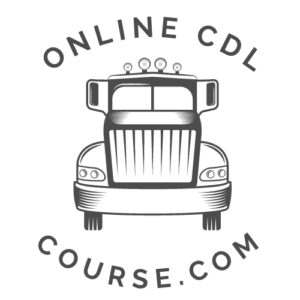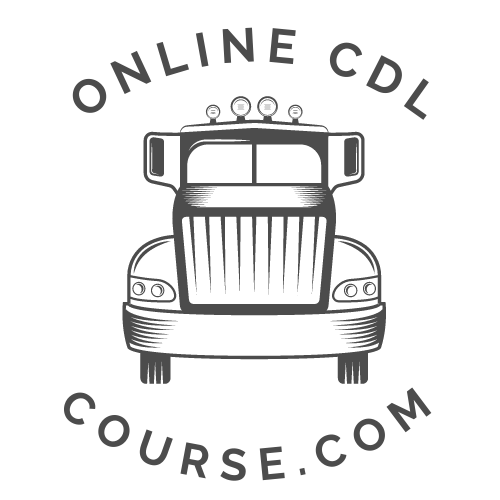Navigating the world of commercial driving isn’t as simple as hopping into a truck and hitting the road. With varying requirements, classes, and endorsements, it can be a challenge to know where to start. For many, the journey begins with CDL class B training.
Why? It’s the gateway to a diverse range of professional driving opportunities, from hauling goods in delivery trucks to transporting passengers in buses. But before you shift gears and embark on this exciting career path, there are essential things to understand about the training. Let’s rev up your knowledge and set you on the right track.
1. There are Distinct Differences between Class A and Class B CDLs
When venturing into the world of commercial driving, a choice often confronts aspiring drivers: Should they pursue a Class A or Class B commercial driver’s license (CDL)? Each license has its own set of qualifications, restrictions, and advantages.
To start, the most prominent distinction revolves around the types of vehicles you can operate. A Class A CDL enables a driver to operate combination vehicles with a gross vehicle weight rating (GVWR) of 26,001 pounds or more, especially when the vehicle being towed exceeds 10,000 pounds. This encompasses large combination vehicles such as semi-trucks, tractor-trailers, and fuel tankers.
On the other hand, a Class B CDL caters to single vehicles with a GVWR of 26,001 pounds or more. This primarily includes large trucks without trailers like straight trucks, dump trucks, delivery trucks, and buses.
Another pivotal difference is that a Class A CDL holder can operate both Class A and Class B vehicles. However, the reverse isn’t true. A Class B CDL holder is restricted to operating only Class B vehicles.
2. There are Unique Advantages of a CDL Class B License
Class B CDL training can often be completed in a shorter time frame compared to its Class A counterpart. This enables individuals to quickly jumpstart their driving careers, especially if they’re primarily interested in operating local delivery trucks, buses, or other Class B vehicles.
Additionally, Class B CDL offers more local and flexible job opportunities. Since Class B vehicles often involve local routes, such as school buses or delivery trucks, drivers can expect more consistent home times. This can be a boon for those who value spending time with their families and prefer not to be away from home for extended periods.
Lastly, Class B vehicles are generally considered easier to handle than Class A vehicles, especially for novice drivers. With fewer axles and no attached trailer, many find driving Class B vehicles less intimidating and easier to maneuver, especially in urban settings.
3. Essential Pre-requisites and Expectations of CDL Class B Training
First, it’s essential to meet specific age and physical requirements. While these may vary slightly from state to state, a general rule is that drivers must be at least 18 years old for intrastate driving and 21 years old for interstate driving. Furthermore, a medical examination is typically mandatory to ensure the driver is fit for the demands of commercial driving.
Once you meet the basic requirements, the training focuses on two primary components: theory and practical skills. The theoretical part covers rules of the road, safety protocols, and vehicle maintenance.
As for practical skills, it emphasizes mastering the art of driving a Class B vehicle. This includes everything from basic maneuvers and parking to handling the vehicle in various traffic conditions.
4. Online CDL Training vs. Traditional Classroom Learning
When it comes to obtaining a commercial driver’s license, two prominent avenues stand out: online CDL training and traditional classroom learning.
Online CDL training offers flexibility that brick-and-mortar institutions can’t match. Students can learn at their own pace, replaying lessons if needed, and accessing resources anytime, anywhere. This convenience especially benefits those with tight schedules or those who can’t easily commute to a training facility.
In contrast, traditional classroom learning fosters real-time interactions. Direct conversations with instructors can clarify doubts on the spot, and students benefit from hands-on equipment demonstrations. The classroom setting also promotes peer discussions, which can provide different perspectives on topics.
5. Vehicles Driveable with a Class B CDL
Drivers with a Class B CDL can operate large trucks without trailers, such as straight trucks and dump trucks. Delivery trucks that ensure packages reach our doorsteps fall under this category too. But it’s not just about cargo; the license also permits driving buses, from school buses that safely transport children to larger buses that carry passengers over long distances.
Essentially, any single vehicle with a weight rating above 26,001 pounds, without a hefty trailer, is within a Class B CDL holder’s domain.
6. How to Progress After Your CDL Class B Course
Training is just the beginning of your commercial driving journey. After completing the CDL Class B course, several pivotal steps await.
The most immediate is taking the CDL test. This exam assesses both your theoretical knowledge and practical driving skills. Success here means you’re officially licensed.
Next, many choose to specialize. Some pursue endorsements to drive hazardous materials, while others focus on passenger transport. These additional qualifications can open up more job opportunities and often come with higher pay.
Lastly, continuous learning is key. The world of transportation is ever-evolving, and staying updated ensures you remain a competent, safe driver.
7. The Influence of FMCSA ELDT Requirements on Your Training Journey
The Federal Motor Carrier Safety Administration (FMCSA) sets standards for commercial drivers to ensure the safety of all road users. Among these is the Entry Level Driver Training (ELDT) requirement.
ELDT mandates specific training components for new drivers. It emphasizes not only the importance of mastering driving skills but also understanding safety regulations and vehicle maintenance. These federal requirements aim to produce well-rounded, informed, and safe commercial drivers.
The Road to Expertise
Choosing the right path in the world of commercial driving can feel overwhelming. However, with the right guidance and training, you can master the road confidently. CDL Class B training is a fantastic starting point, offering both versatility and opportunity.
Whether you’re aiming to operate a dump truck, a delivery vehicle, or a bus, this training will equip you with the necessary skills and knowledge. Ready to embark on this journey? Discover the benefits of our Class B CDL Training Course and pave your way to a successful driving career.









